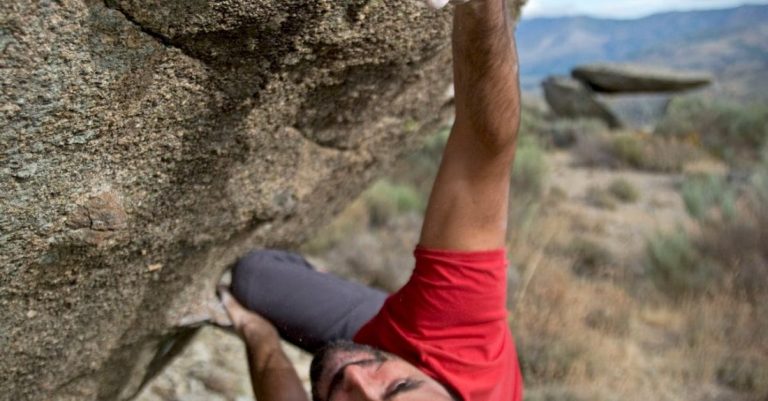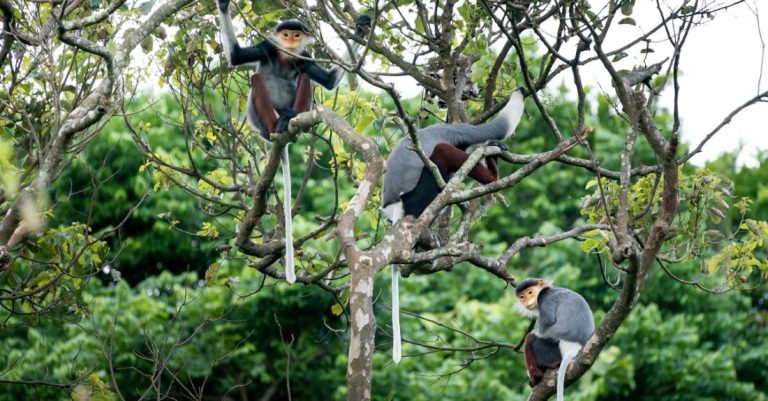
**How to Participate in Wildlife Tracking Projects**
Wildlife tracking projects offer a unique opportunity for individuals to contribute to the conservation and protection of various species while engaging in exciting and educational experiences. By participating in these projects, you can directly support important research efforts and gain a deeper understanding of animal behavior and movements. If you are interested in getting involved in wildlife tracking initiatives, here are some key steps to help you get started.
**Understand the Purpose of Wildlife Tracking**
Before diving into a wildlife tracking project, it is essential to understand the purpose behind these initiatives. Wildlife tracking aims to collect data on animal movements, behaviors, and habitats to inform conservation strategies and management decisions. By tracking wildlife, researchers can gather valuable information about migration patterns, breeding habits, and interactions with the environment. This data is crucial for developing effective conservation plans and safeguarding the future of endangered species.
**Find a Wildlife Tracking Project**
The first step in participating in a wildlife tracking project is to find a suitable initiative to get involved with. There are numerous organizations and research groups around the world that conduct wildlife tracking studies on various species, including mammals, birds, reptiles, and insects. You can search online for different projects that align with your interests and location. Look for projects that are reputable, well-established, and have a track record of producing meaningful research outcomes.
**Join a Citizen Science Program**
Many wildlife tracking projects offer opportunities for volunteers to participate in citizen science programs. Citizen science programs involve members of the public in collecting data and monitoring wildlife populations. These programs often provide training and resources to volunteers, allowing them to contribute to scientific research in a meaningful way. By joining a citizen science program, you can actively participate in wildlife tracking efforts and make a valuable contribution to conservation science.
**Attend Training Workshops**
Before engaging in wildlife tracking activities, it is essential to attend training workshops to learn the necessary skills and techniques. Training workshops are typically organized by wildlife tracking projects to educate volunteers on data collection methods, fieldwork protocols, and species identification. These workshops are crucial for ensuring that participants are equipped with the knowledge and skills needed to conduct tracking activities safely and effectively.
**Collect and Submit Data**
Once you have received training and are ready to participate in wildlife tracking activities, it is time to collect data in the field. Depending on the project, you may be involved in tracking animals using radio telemetry, GPS technology, camera traps, or other monitoring tools. It is important to follow the data collection protocols provided by the project coordinators to ensure the accuracy and reliability of the information gathered. After collecting data, you will be required to submit your findings to the project team for analysis.
**Engage with the Community**
In addition to participating in fieldwork, engaging with the community is an important aspect of wildlife tracking projects. Community engagement helps raise awareness about conservation issues, promotes environmental stewardship, and fosters a sense of camaraderie among project participants. You can share your experiences and knowledge with others, encourage people to get involved in wildlife tracking projects, and advocate for the protection of natural habitats and wildlife species.
**Conclusion: Make a Lasting Impact**
Participating in wildlife tracking projects offers a rewarding and impactful way to contribute to conservation efforts and support scientific research. By joining a project, attending training workshops, collecting data, and engaging with the community, you can make a lasting impact on the conservation of wildlife species and their habitats. Through your involvement in wildlife tracking initiatives, you can help protect endangered species, preserve biodiversity, and promote a sustainable future for our planet. Get involved today and become a part of the global effort to track and protect wildlife!





